Mini programs incentivize public to go green in their everyday actions
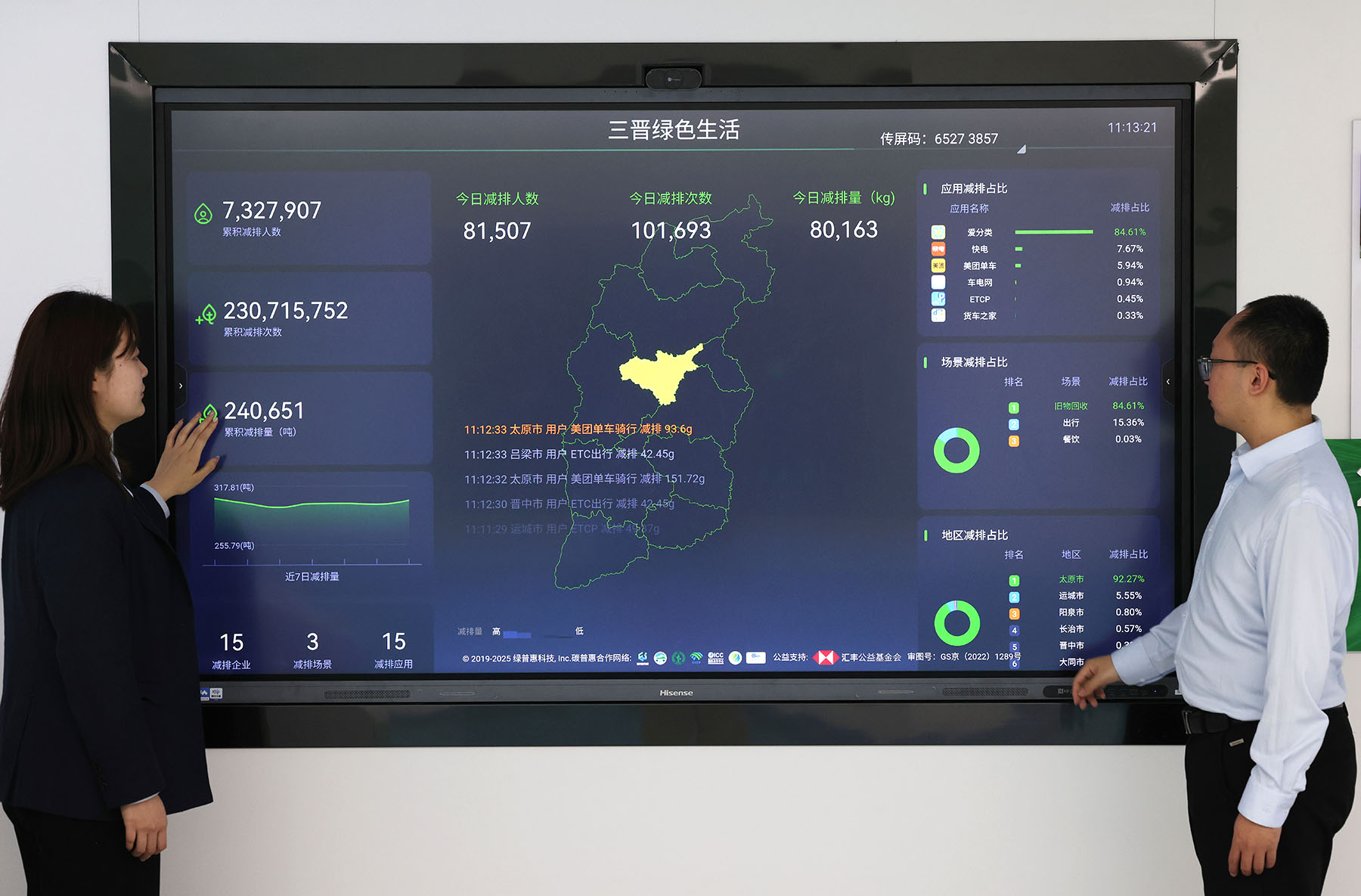
Editor's note: China Daily is publishing a series illustrating the country's efforts to achieve its carbon peak and carbon neutrality goals.
The low-carbon lifestyle is a daily norm for Wei Ying, a resident in the Hubei provincial capital of Wuhan. The 36-year-old, however, was surprised when her environmentally friendly actions, such as riding shared bikes instead of getting taxis and recycling her trash, contributed to a reduction in a bank loan.
On April 28, she offset 90 yuan ($12) from her monthly mortgage payment with 45,000 grams of carbon credits, making her, an employee of a State-owned company, the first resident in Wuhan to do so.
She earned the credits via Wutanjianghu, a mini program within WeChat launched in June 2023 by Wuhan Carbon Inclusion Management Co under the guidance of the Wuhan Ecology and Environment Bureau, which aims to incentivize Wuhan residents to lead low-carbon lifestyles.
READ MORE: Green fashion turns old plastics into profits
As China moves ahead with its climate targets of peaking carbon dioxide emissions before 2030 and achieving carbon neutrality before 2060, the mini program provides a microcosm for how local authorities are moving to encourage the general public to help reach these goals.
Research by the Chinese Academy of Sciences shows that residential consumption accounts for 53 percent of China's total carbon dioxide emissions.
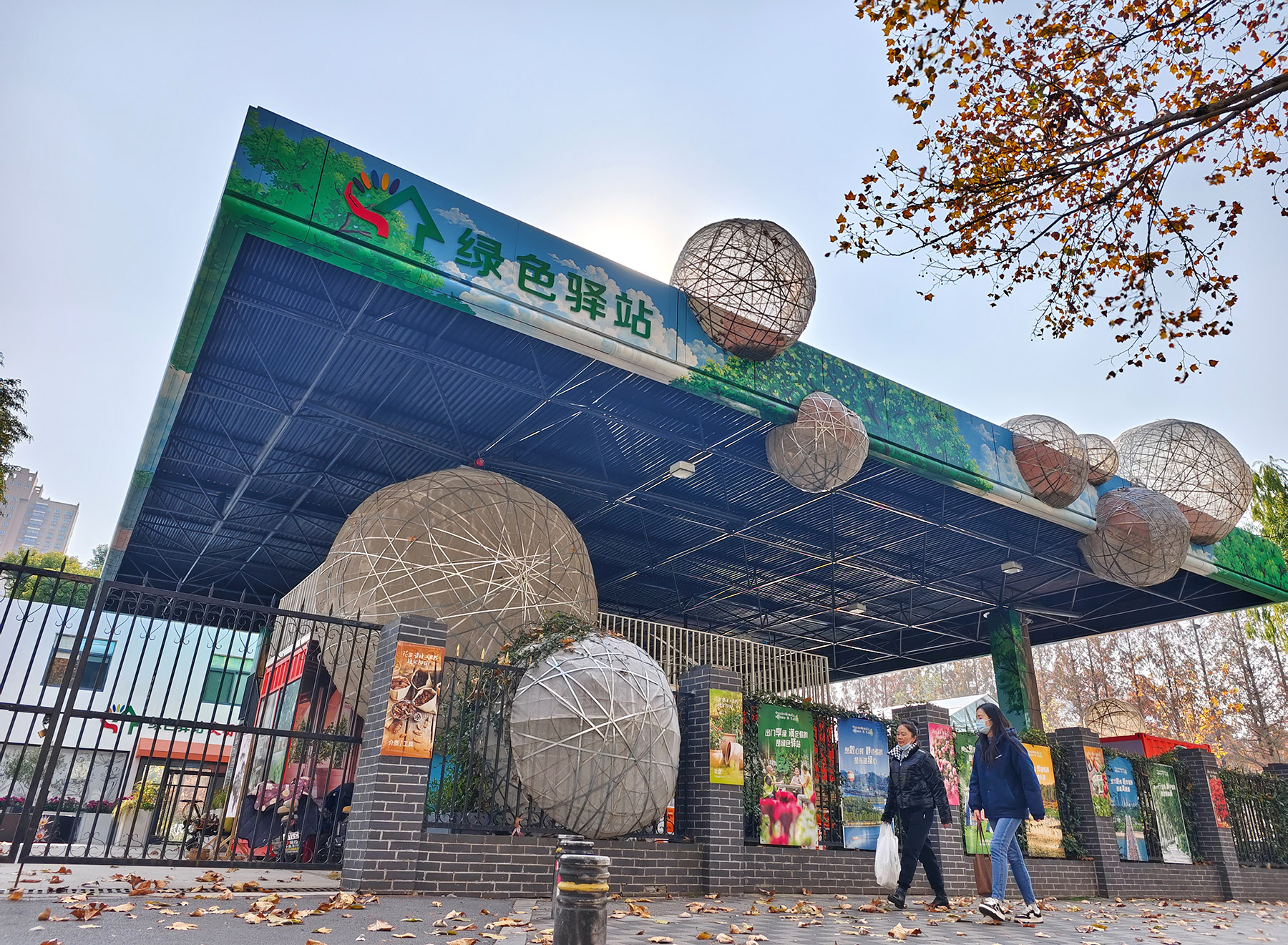
Wei started to use the mini program soon after it was launched at a celebration event held by Wuhan authorities for World Environment Day, which falls on June 5 every year, in 2023.
"I already led a low-carbon and environmentally friendly lifestyle then," she said. "But the mini program makes me feel that my actions have tangible value, as it records and quantifies my low-carbon activities."
The mini program incentivizes people to do more low-carbon things, such as switching off lights when leaving an empty room or using public transport, by tracking these activities within the phone, connecting with other apps and sharing data, and then giving points or carbon credits for these actions. Once enough points are collected within the program, they can then be cashed in for various prizes or products, and can even be used to lower bills.
A rising number of similar carbon credit mini programs have started to appear in China in recent years in cities such as Beijing and provinces such as Sichuan.
Thanks to the incentives provided by the Wuhan mini program, people like Wei feel even more motivated to take a low-carbon path.
Wei has exchanged credits accumulated in the mini program for wine and fluffy toys. Other rewards included discounts on hot-and-dry noodles, a popular local delicacy, or a chance to enter the lottery to take part in a marathon.
More recently, the Wutanjianghu mini program teamed up with the Wuhan branch of China Minsheng Bank on March 1 for a loan offsetting initiative, whereby users can use their points to reduce a loan's interest by as much as 2,000 yuan per year.
"This is very attractive to me. The credits I make every month from practicing low-carbon actions are enough to offset more than 100 yuan. It's possible that I can accumulate enough credits to offset the maximum amount of interest this year," Wei said.
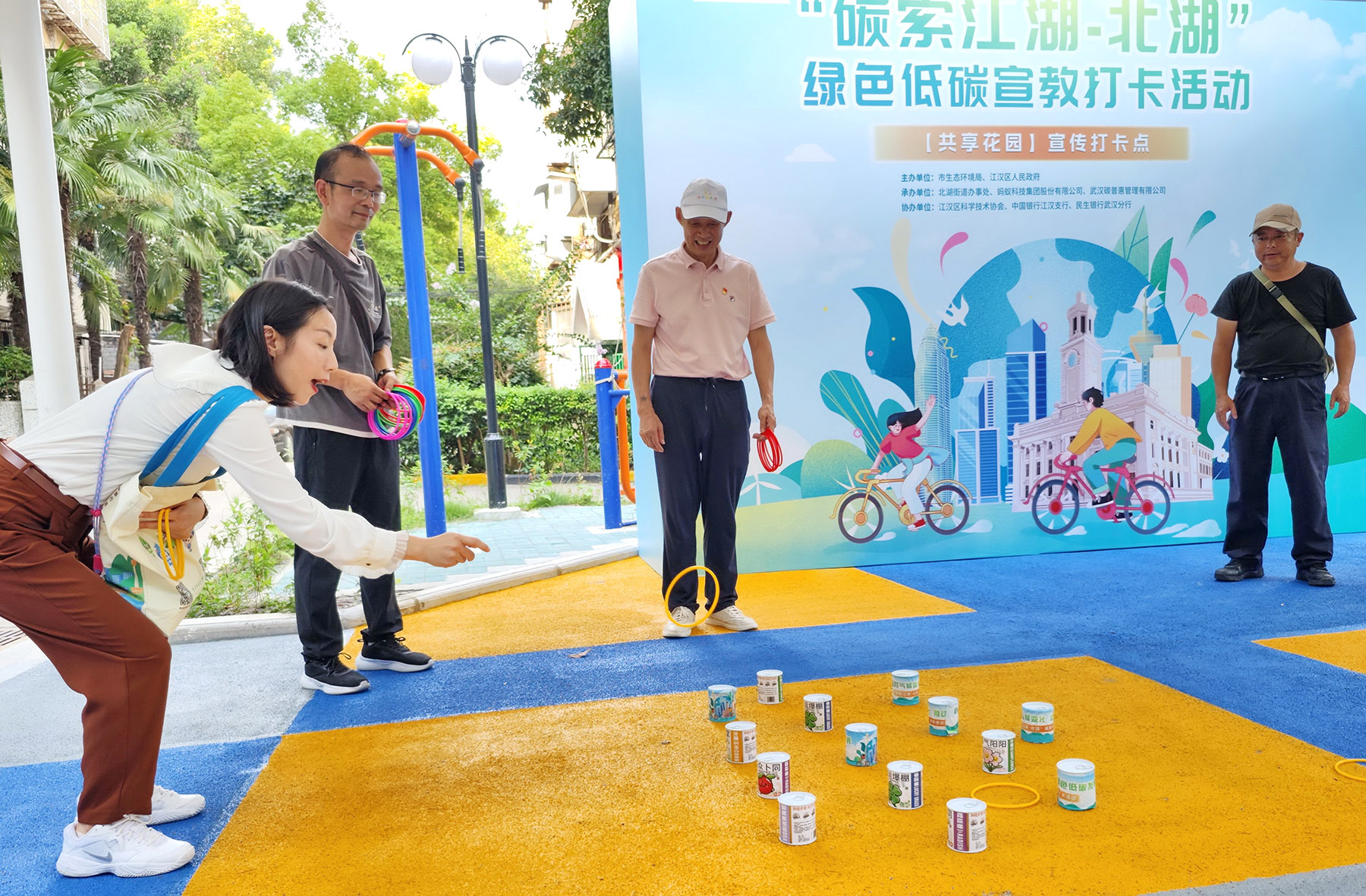
Wang Qinxin, a 53-year-old retiree, has accumulated 220,000 grams of carbon credits on the platform since 2023.
"I use the mini program now almost every day, with shared bikes my most frequent low-carbon practice," Wang said.
Every time a user takes a public bus, the mini program will award them 212.5 grams of carbon credits. Each kilometer traveled by subway earns 78.4 grams of carbon credits, and each kilometer by shared bike earns 93.3 grams. Once 5,000 grams are accumulated, users can trade them in for half a dozen eggs.
According to Liu Shu, chairman of Wuhan Carbon Inclusion Management Co, the mini program has 1.6 million users. That number soared by 100,000 in the days following the introduction of the loan interest offsetting initiative, he said.
Emission reductions recorded on the mini program have gone beyond 30,000 metric tons, he added.
A total of seven low-carbon activities have been incorporated into the mini program so far, including commuting via public bus and subway, riding shared bikes, choosing electric vehicles on car-hailing platforms and refusing disposable plastic bags, Liu said.
Despite the difficulty of developing tailored, rigorous methodologies for calculating emissions in new settings, further activities will be added, the chairman said.
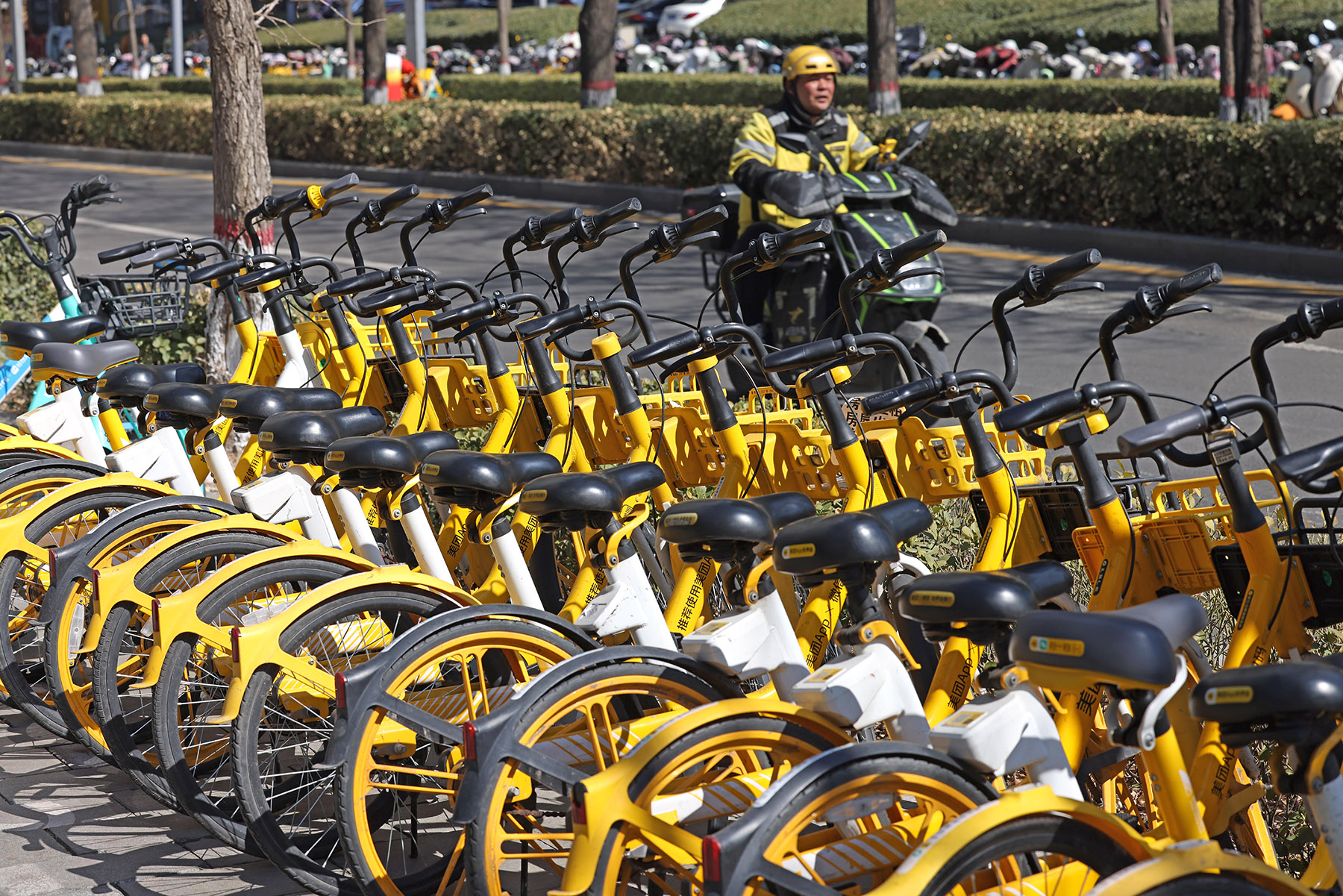
Shanxi success
A similar mini program named Sanjin Green Living, launched in September 2022 and encompassing the entire population of Shanxi province with almost 34.5 million people, has also been a success.
Since going live, the Shanxi mini program has engaged over 7.3 million users, and their low-carbon activities have collectively led to a reduction of roughly 240,700 metric tons in carbon dioxide emissions, according to Shanxi Green Trading Center Co, the operator of the mini program.
Launched in 2012 by Shanxi provincial authorities, the center is tasked with overseeing carbon trading in the province.
Liu Zelong, director of the center, said there was a lot of preparation for carbon trading in Shanxi before the national carbon trading program came into effect in July 2021, including drafting trading rules, as well as conducting carbon footprint verification and carbon accounting.
"Our involvement in these initiatives significantly deepened our understanding of carbon-related processes. By the time Sanjin Green Living commenced operations, we had a comprehensive grasp of the mechanism," he said.
However, he said the center was still confronted with a lot of challenges in promoting the mini program.
"This mini program aims to instill in citizens the concept of green travel and green consumption because many people didn't have this concept before. Going from nothing to something, this is the most difficult aspect," he said.
Liu highlighted that Shanxi authorities have successfully utilized various opportunities to promote the mini program. At a conference centered on energy conservation in public institutions held in Taiyuan, the capital of Shanxi, last year, all employees in these institutions were encouraged to adopt the program.
Thanks to a fund of 4 million yuan provided by the Shanxi Provincial Department of Ecology and Environment, the center also introduced incentives to promote the program. The carbon credits earned through the mini program can be exchanged for prizes including prepaid supermarket gift cards and drinks, according to Liu.
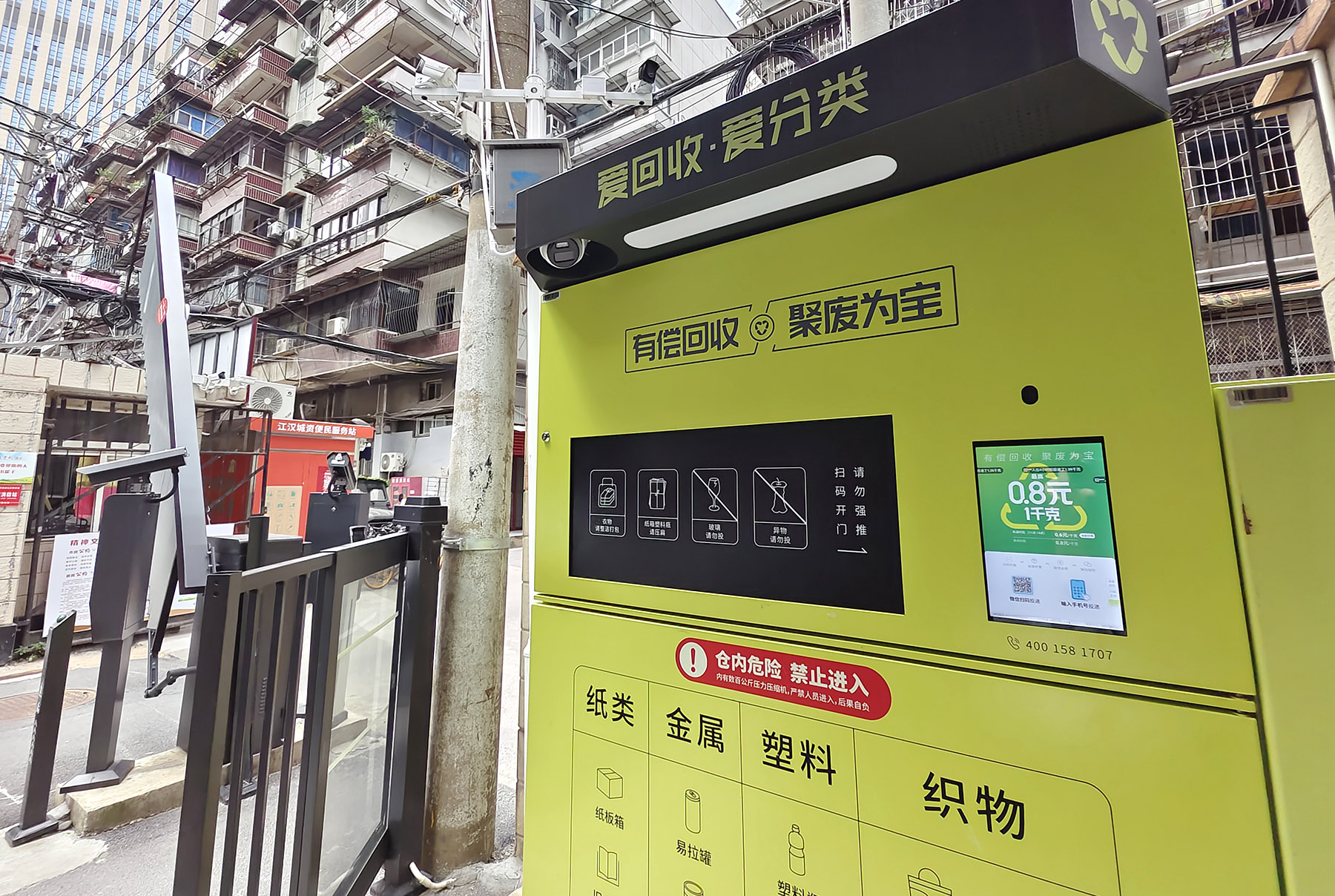
The platform has attracted businesses to contribute prizes, including bakeries, tourist companies, coffee stores and grain producers.
The efforts have paid off. Last year, the number of users on the mini program soared by 2.4 million, Liu said.
Users can gain credits by riding shared bikes, using and charging electric vehicles, opting out of disposable tableware when ordering take-out, recycling and sorting their trash.
Among these carbon reduction scenarios, waste recycling surpasses all others in terms of public engagement and its impact on carbon reduction. Almost 85 percent of emission reduction on the Sanjin Green Living mini program was contributed by Aifenlei, a WeChat mini program for online garbage collecting.
Liu said the center is still in negotiations with subway and public bus operators in order to incorporate public transportation as a carbon reduction scenario in Sanjin Green Living.
ALSO READ: Yunnan's biodiversity nurtures miracles of nature
Given the sensitivity of subway ridership data, it is imperative that it is made anonymous before being integrated into the Sanjin Green Living mini program. "Technical teams from Taiyuan's subway operator and the center are in close communication," he said.
Lang Shuai, a 35-year-old Taiyuan resident, said, "Sanjin Green Living enables ordinary individuals to deeply engage in carbon emission reduction."
Lang started using the mini program in January last year and has recommended it to many friends. "The user experience of the mini program is quite good. It has changed my lifestyle habits, enabling me to opt for a green and low-carbon lifestyle as much as possible in my daily life," he said, adding he has made sure to commute by shared bike every day since becoming a user.
Contact the writers at houliqiang@chinadaily.com.cn


